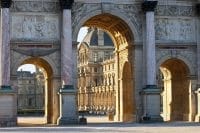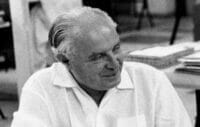The Rococo
Lo Rococo style it was born in France and soon spread throughout Europe.
In England it made its appearance in 1740 in the field of silverware. The ornamental motifs typical of this style, such as the "C" volutes, the floral designs and the masks were only engraved. As time passed, English cabinetmakers realized the elegance of Rococo and they applied it to all the furniture.
The chairs, in carved mahogany, had a rich line of curves and rather high backrests; the console in mahogany or gilded, they had a much looser line than the previous ones. It was the tables that were affected, more than any other furniture, by the transition from Barocco al Rococo: the decoration is now heavy and the legs are covered with carvings that reproduce animal fur and the feet resemble the paws of a lion. Initially, Rococo was little exploited in England because it was understood more as a decorative element than as a structural one.
The importance of Rococo lies in having introduced a freer and more romantic ideal into the field of furnishings, which will bring a new interest in the Gothic and the Orient. The Gothic influence was manifested in the chairs and cabinets with ogival motifs, pinnacles and floral elements on the sides of the pediments. Meanwhile, plasterers and carvers enriched their works with oriental decorations such as fantastic birds, Chinese characters, screens, pagodas and bells. These themes were also applied to stucco ceilings, mantels and chandeliers.















